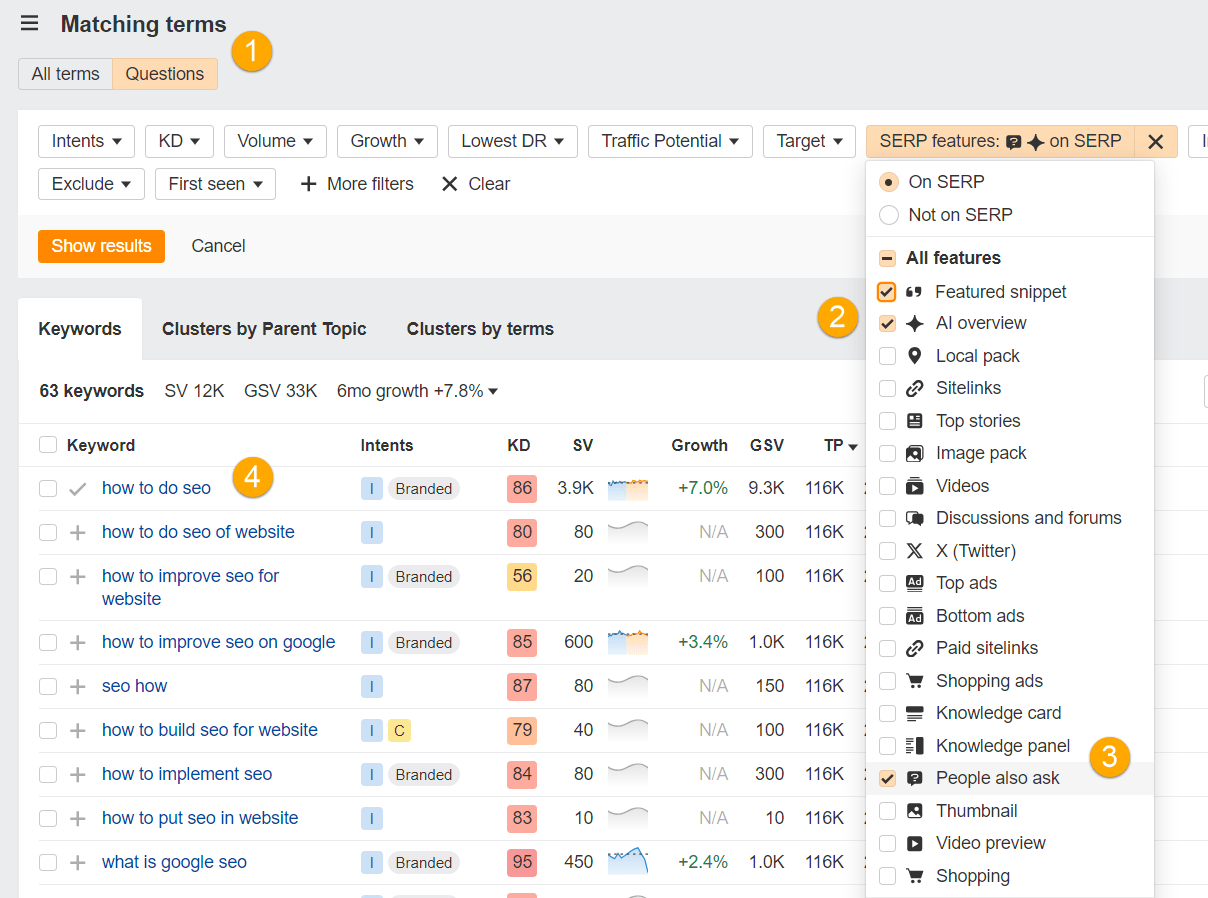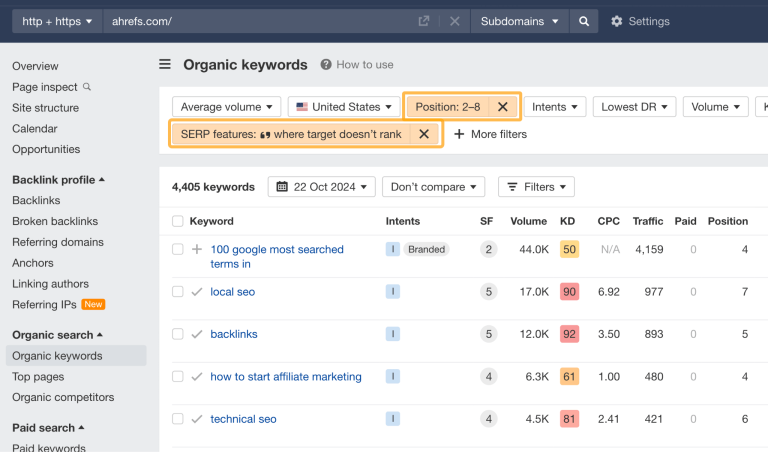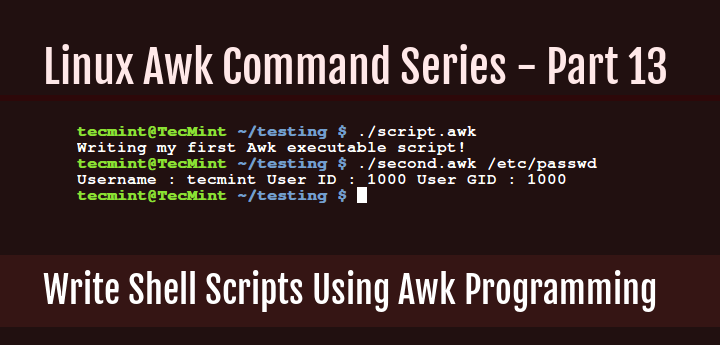I analyzed 300K keywords to understand what triggers AI Overviews. The results were predictable in some ways and wholly surprising in others.
For instance, one of my favorite stats (although not the favorite – you’ll have to read on for that ) is that 99.9% of AI Overview SERPs display at least one other SERP feature.
In this study I attempt to nail-down the key differences between AIO SERPs, vs. non-AIO SERPs.
I hope you find it interesting!
Kevin Indig takes this research even further, proving that 40% of AIO sources rank beyond the top 10, in positions 11-20.
It stands to reason that the more you know about ranking organically in an AI-topped SERP, the easier it will be to appear in an actual AI Overview.
Based on that logic, I decided to analyze 150K of the most searched keywords that generate an AI Overview, vs. 150K of the most searched keywords without an AI Overview, to find out the key attributes of AIO topped SERPs.
I’ve studied quite a few similar metrics to Flow Agency’s research of 5K HR and Workforce Management AIO Keywords carried out by the awesome Helene Jelenc back in July—which also used Ahrefs—so if you’ve read that study, you’ll be familiar with this data.
Ahrefs now tracks AI Overviews
Ahrefs has also just recently released two powerful new features in Keywords Explorer, which inspired me to do this analysis:
The AI Overview SERP Feature filter, which returns every keyword that generates an AI Overview in the SERPs…
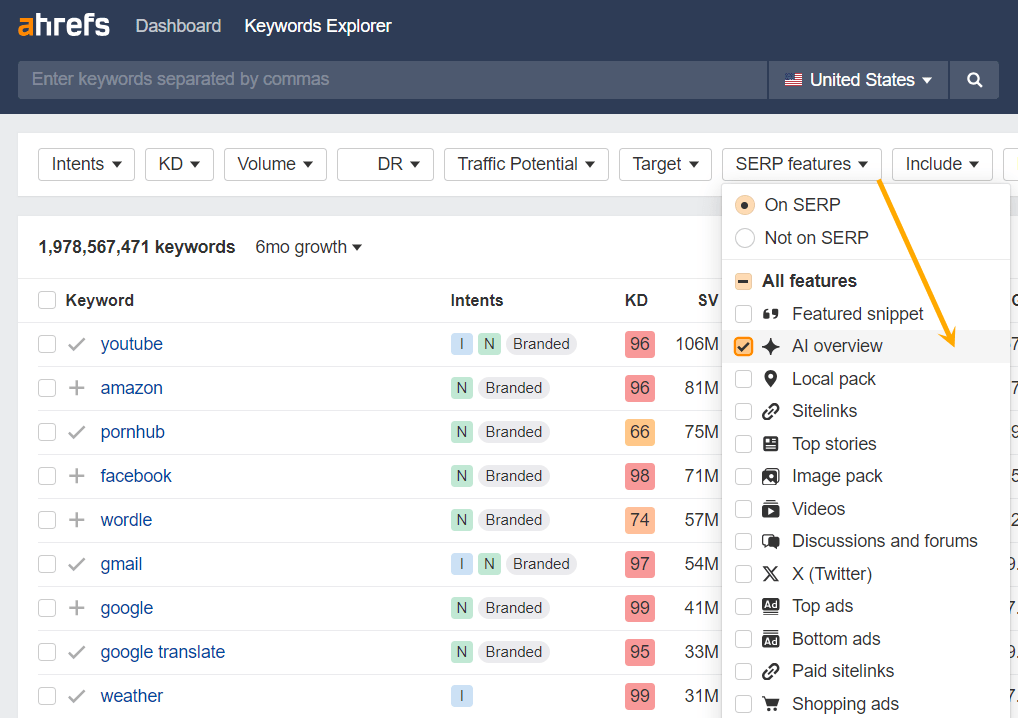
And the Intents filter…
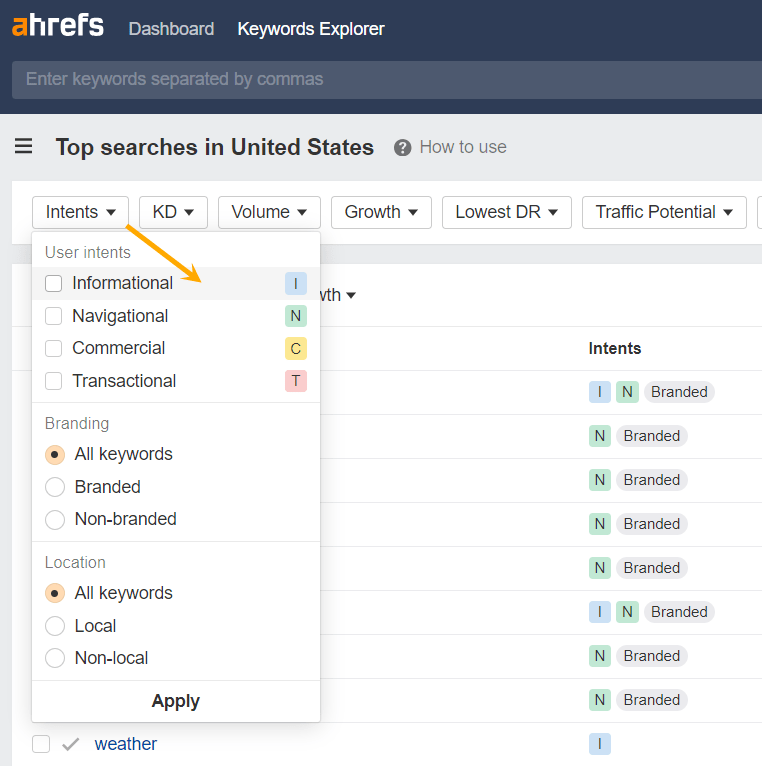
Now, without further ado, here are my 5 top findings from the research:
From the data, 71% of AI Overview keywords have a Keyword Difficulty score below 30, with the median average being 12—compared with a median average of 33 for non-AI results.
Given that AIO keywords are the longer-tail, lesser searched of the two, this tracks.
Here’s an example keyword from the dataset with a Keyword Difficulty of 12: “Can dogs have cinnamon” (the answer is yes, in small amounts, for anyone that’s wondering )
To rank in the SERP for many AIO keywords in the study, you would only need a minimum of 13 referring domains, vs. 41 for non-AIO SERPs.
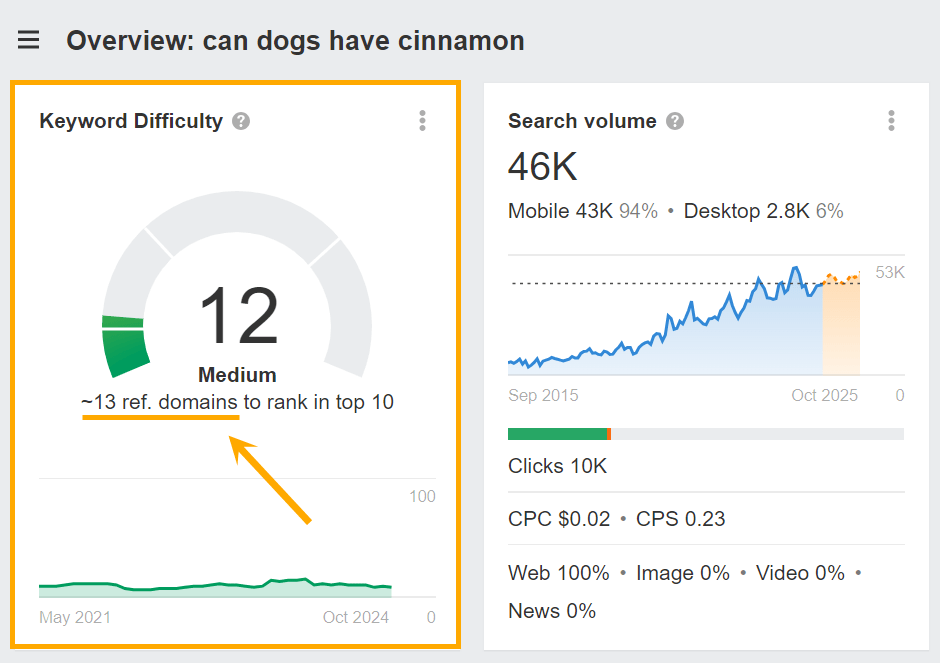
While they drive lower volumes and traffic, AIO topped SERPs require fewer backlinks to enter into.
Tip
Find low difficulty AIO keyword opportunities from your competitors:
- Search your competitors’ domain in Site Explorer > Organic Keywords report
- Switch on the AI Overview SERP Feature filter
- Select “Where target ranks” to see which AI Overviews your competitors own
- Apply a maximum Keyword Difficulty filter of 50
- Find relevant AI Overview generating keywords
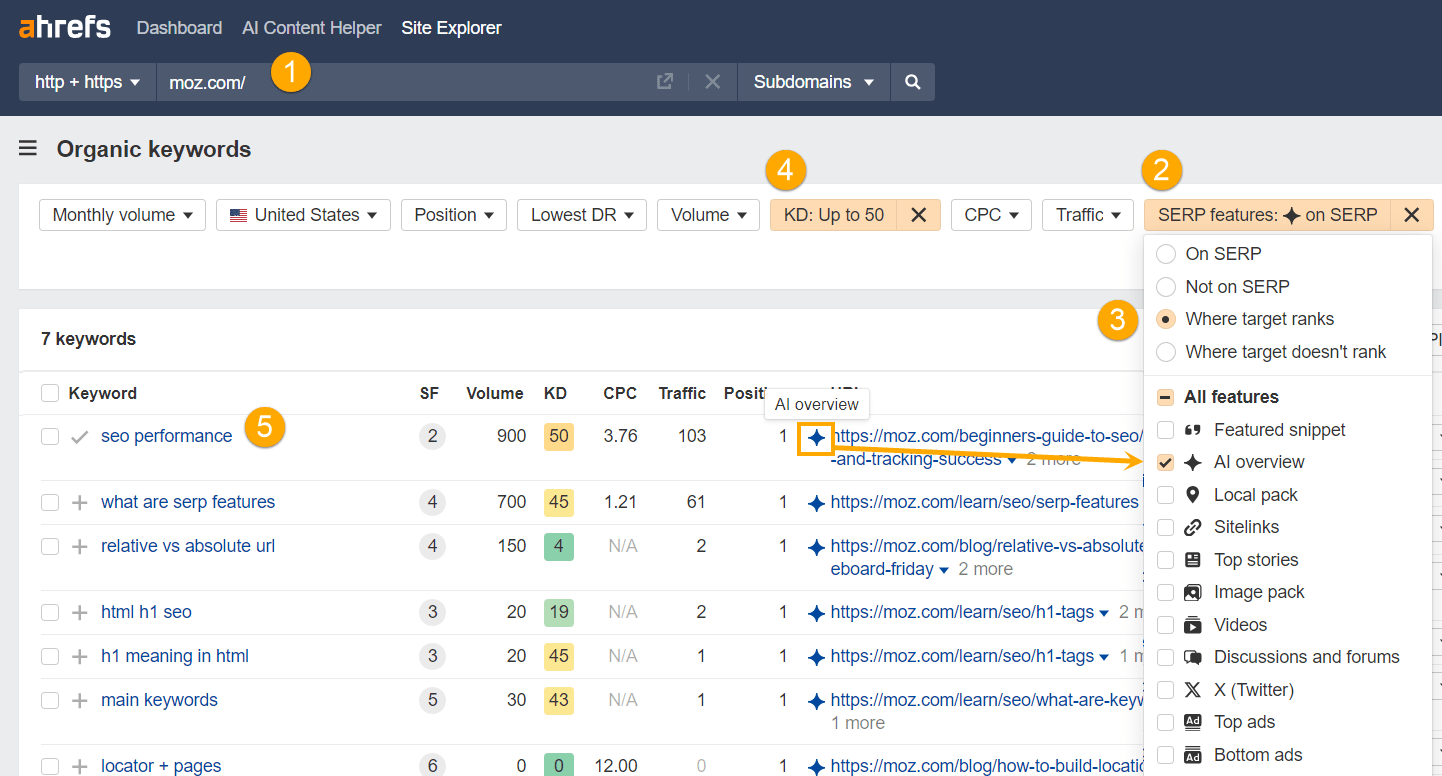
When it comes to non-AIO keywords, search results are still overwhelmingly informational, but other intents appear more frequently vs. AIO SERPs.
For instance, there were double the amount of commercial and transactional keywords in the non-AIO analysis vs. the AIO dataset (20% vs. 10%).
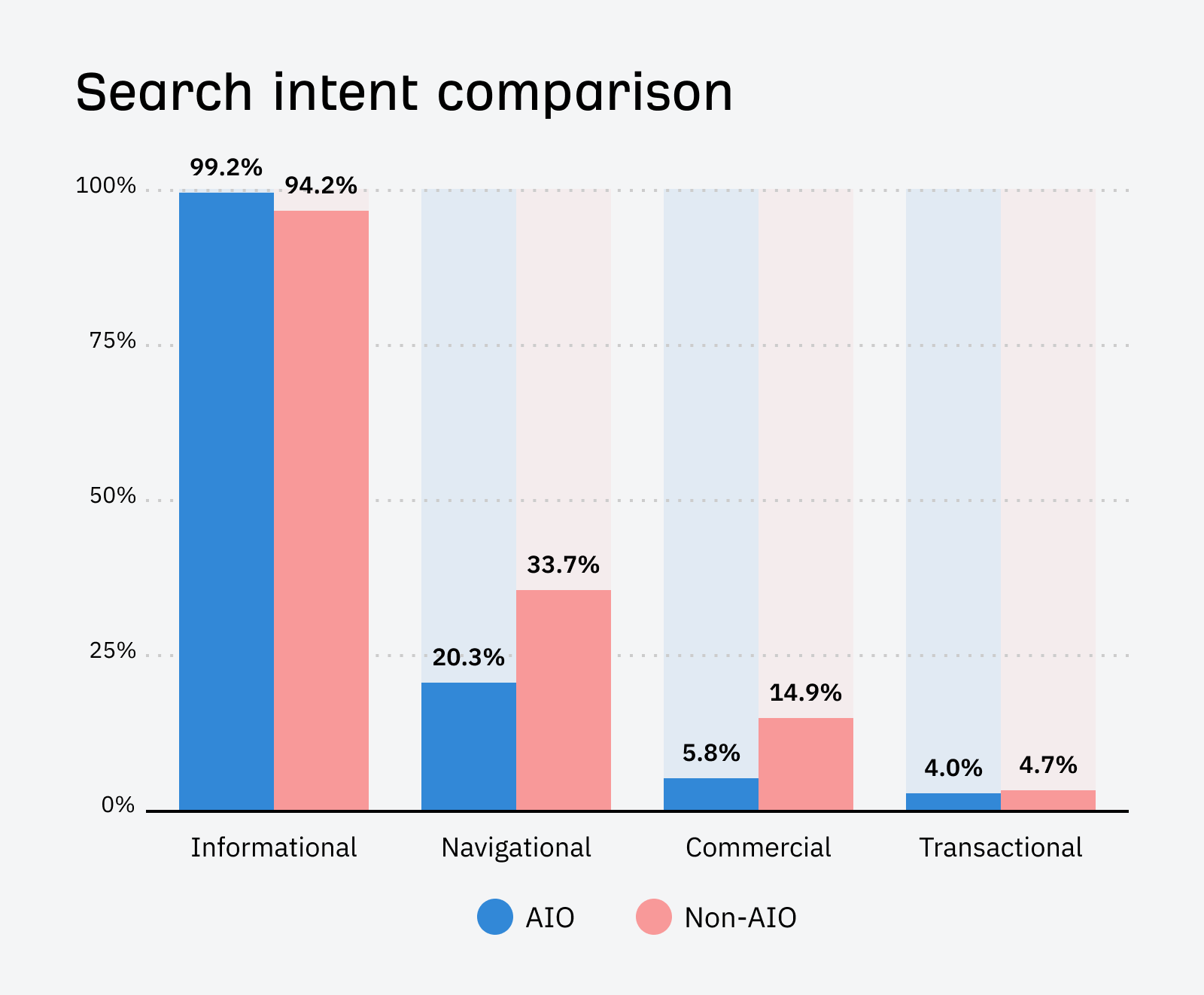
Sidenote.
Bear in mind that the numbers don’t add up to 100% because many keywords display multiple intents.
I was surprised to see transactional queries showing AIO only ~10% of the time, an increase from the 5-7% seen at launch. This will certainly impact SEOs’ strategy for transactional pages. Ranking only in organic search without regard for appearing in AIO will lead to missed opportunities.
Tip
Find informational AIO keywords during your keyword research.
- Search a broad keyword in Keywords Explorer > Matching Terms report
- Set the Intent filter to “Informational”
- Select the AI Overviews in the SERP Feature filter
- Find informational AIO keywords
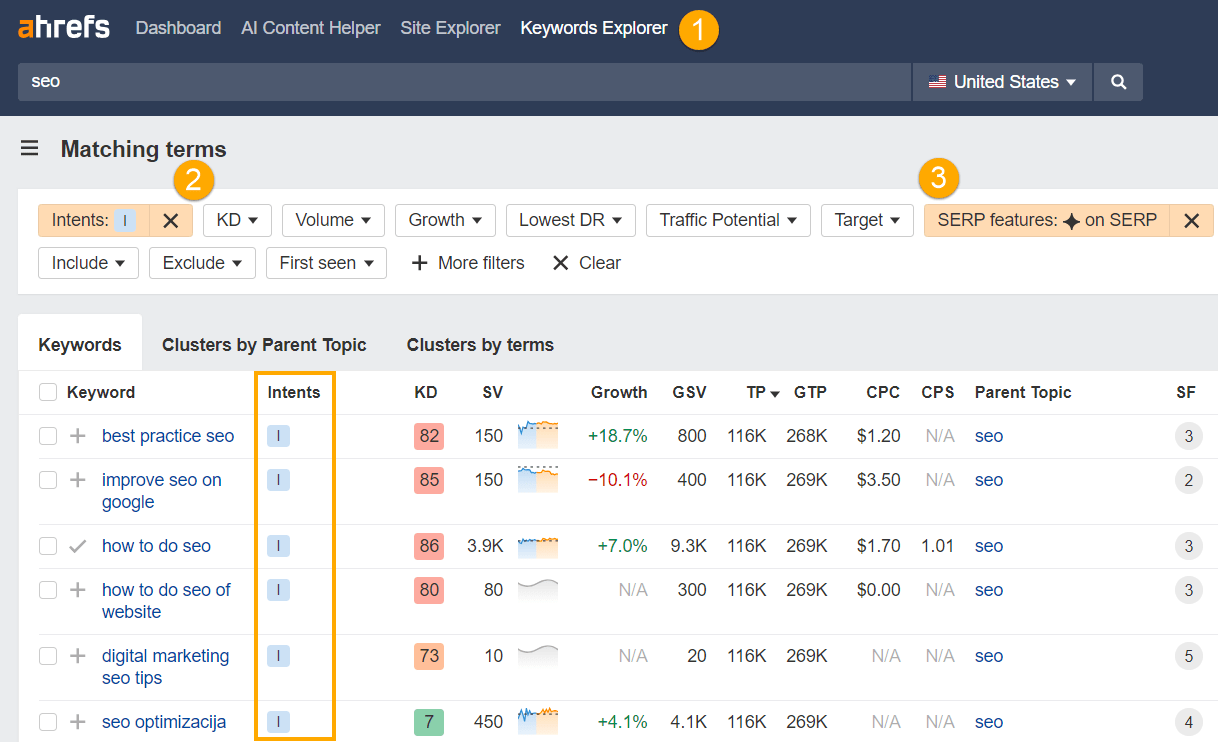
I’ll admit I was surprised to see the Knowledge Panel so low down the AIO chart though, with 76% lower visibility than non-AIO results.
According to Google’s official documentation, it relies on the Knowledge Graph to generate AI Overviews.
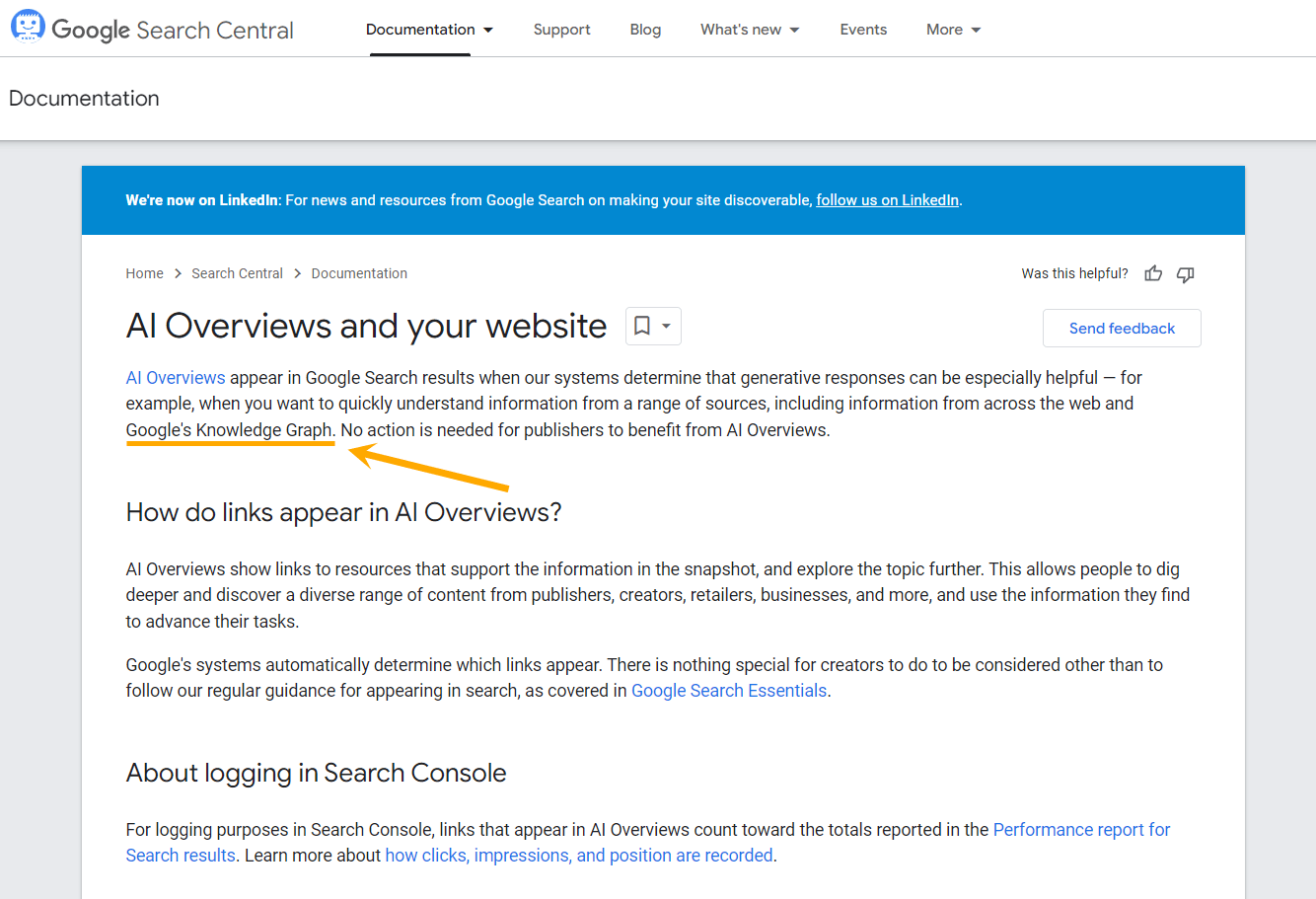
Evidently, it doesn’t need the visual Knowledge Panel to generate AI Overview content, and just grabs information from the Knowledge Graph in the background.
Tip
Align your content with AI Overview generating SERP Features.
- Head to the Questions tab in the Matching Terms report
- Select the Featured Snippet and AI Overview in the SERP Feature filter
- Select People Also Ask in the SERP Feature filter
- Find keywords that generate AIO related SERP Features
